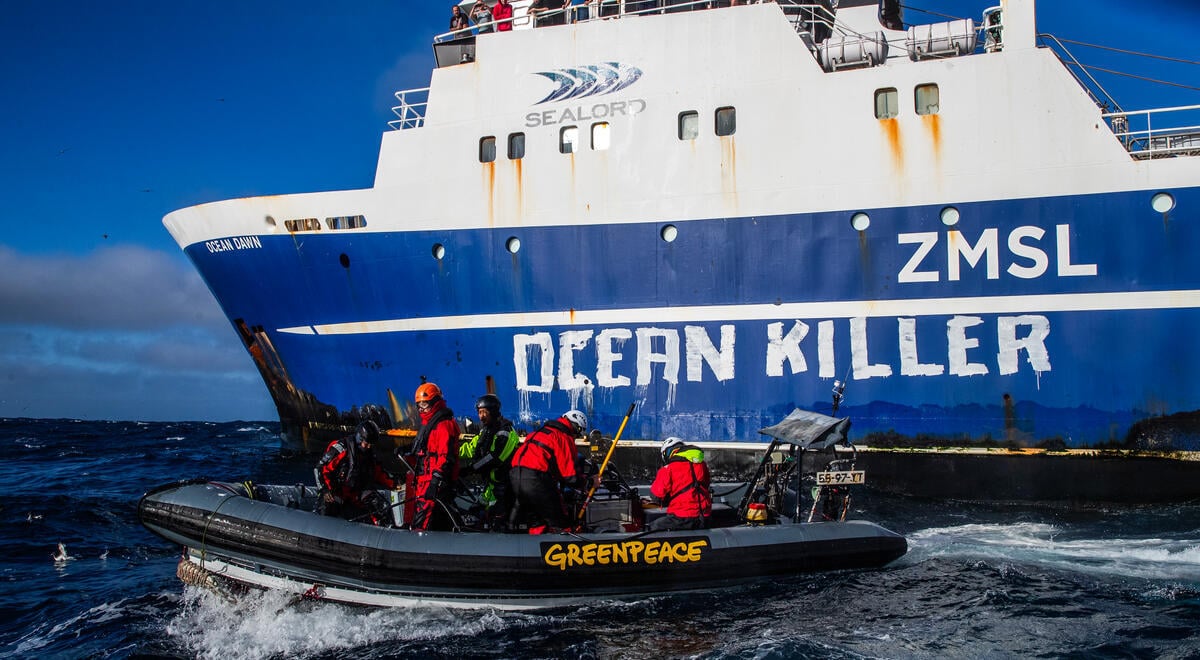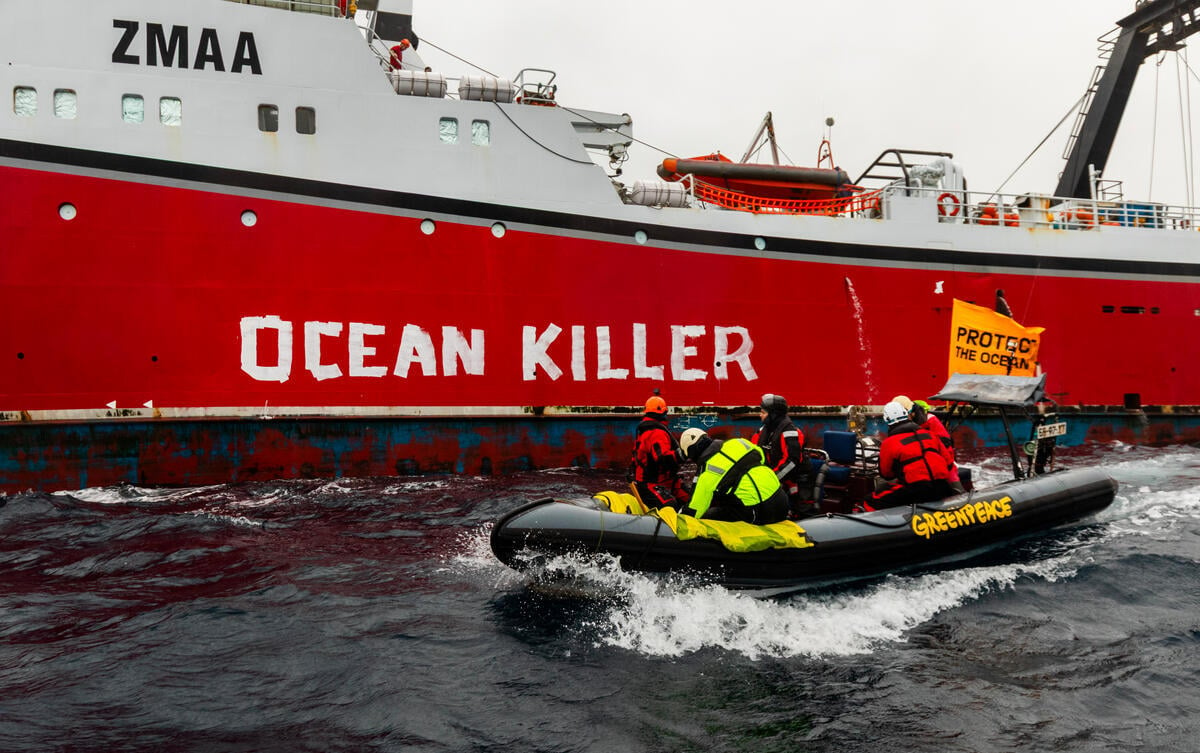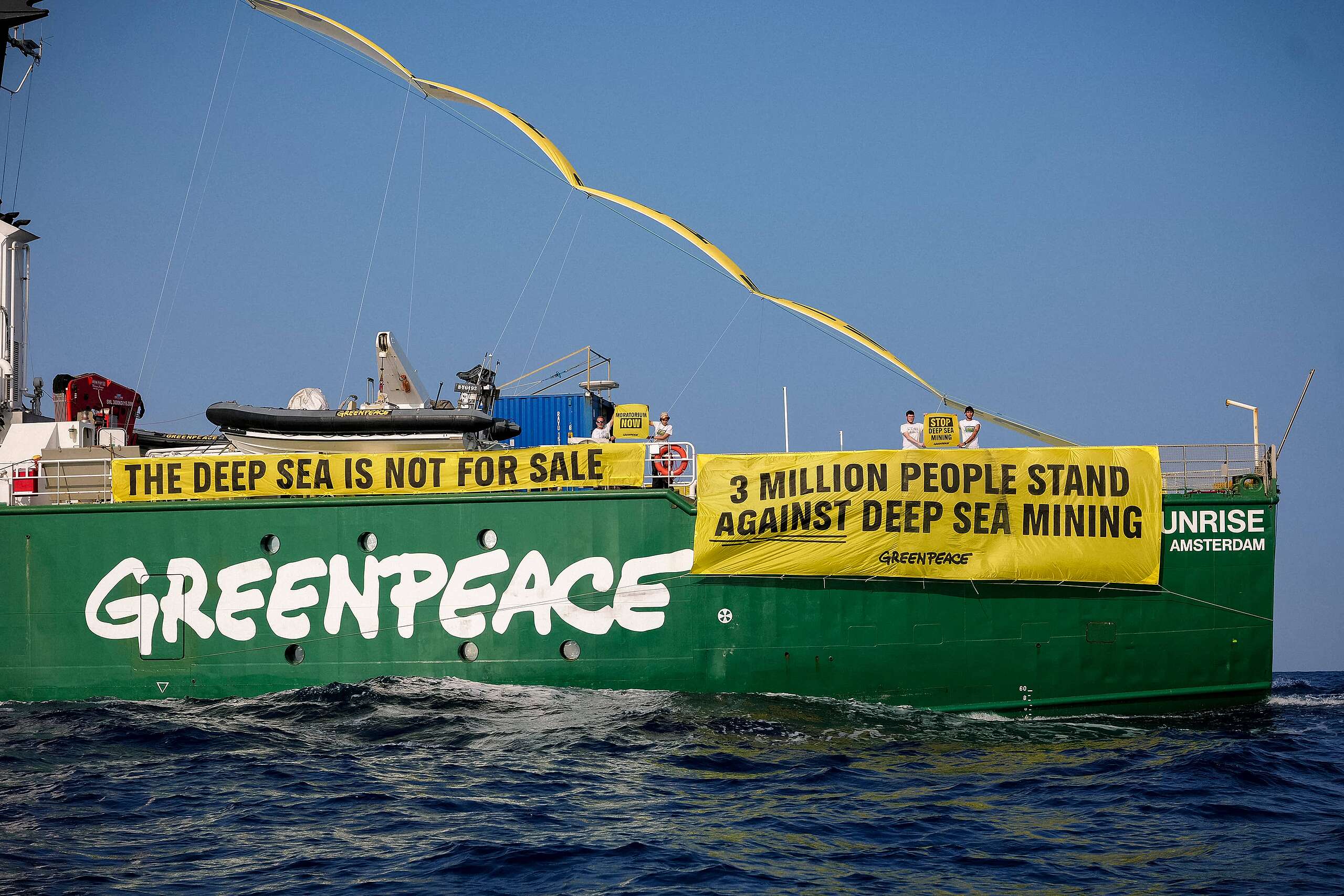Science tells us fully protected ocean sanctuaries are a key way to bring marine life back from the brink of collapse. And we’ve seen that if you protect places like Monterey Bay, the fish, whales and even sea otters bounce back and fill the seas once more. But the benefits of ocean sanctuaries are not limited to ocean creatures – they help support peoples’ livelihoods and wellbeing too.
Fully protecting a part of the ocean from industrial activities means life and habitats are not disturbed. Kelps and corals can grow taller and more complex, there are more different kinds of species and more individuals than in surrounding areas subject to activities like bottom trawling eradicating life from the seabed.
For fish, this means more shelter for the young, more food throughout their various life stages, and – as a result – fish grow bigger and increase in number. They lay more eggs and the hatchlings again have better prospects of making it to adulthood. In short: in ocean sanctuaries, there are more fish, and they are larger. But it doesn’t stop there: some of those fish spread outside of the ocean sanctuaries, which means we also see more and bigger fish in the surrounding areas. This phenomenon is called the spillover effect.
And the scale of the spill is more than a drop in the ocean. According to a recent study based on a huge global dataset, protecting just an additional 5% of the oceans could increase future fisheries catches by 20%. For the biggest return, the areas should be fully protected, and located in areas rich in fish. This should be good news, as at the moment overfishing and destructive methods are collapsing fish populations, jeopardizing food security for people around the world and pushing industrial fleets ever further to the ocean. Modern tools for planning networks of ocean sanctuaries, such as the one used to create scenarios for protecting at least 30% of the global oceans by 2030, mean that we can model solutions that are good for people, wildlife and the planet.
The good news is that governments increasingly understand the benefits of ocean sanctuaries. Already more than 30 governments are backing the “30×30” target, that is, protecting at least 30% of the oceans by 2030. Even some among the fishing industry are realizing this: the vast majority of the Antarctic krill industry support a network of Antarctic ocean sanctuaries. The director of Norwegian trawler association Fiskebåt does not see protecting 30% of the ocean as a problem for food security.
But some are refusing to look at this bigger picture. The US seafood industry have joined forces to push back against the scientific call to create a network of ocean sanctuaries. Together we can make sure governments hear the voice of the future louder than the short-term profit seeking of the fishing industry.
Watch Ocean Witness Two and know more about the oceans
Laura Meller, Oceans Campaigner



